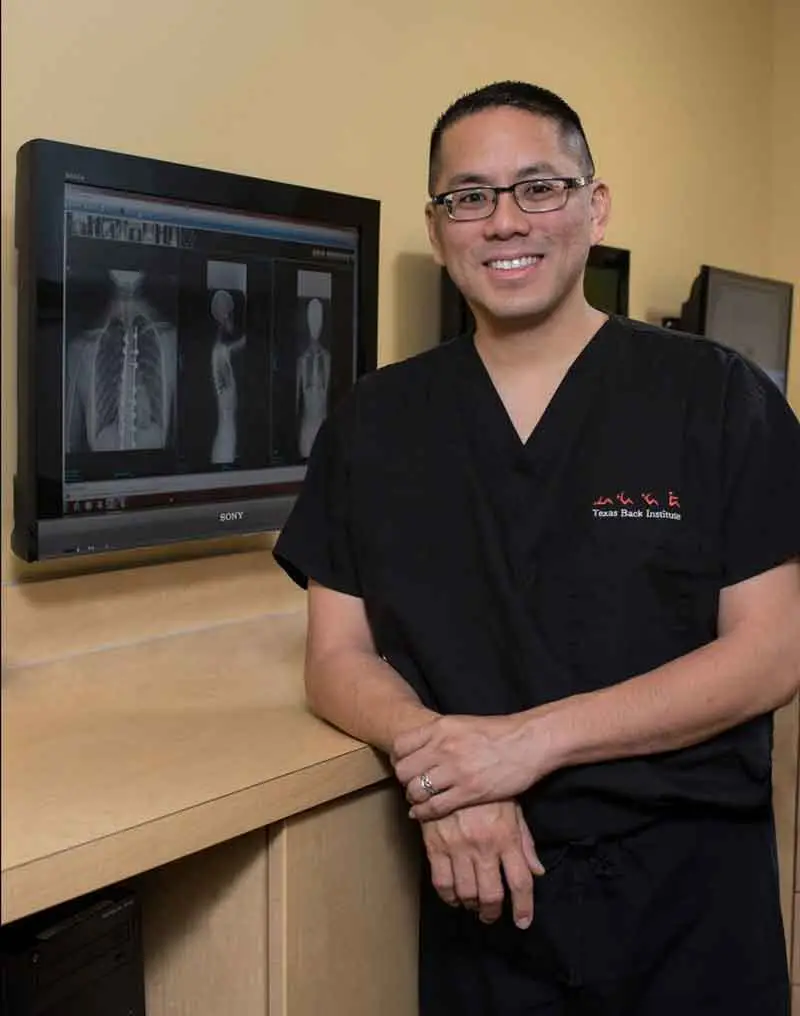One of the fastest-growing physical fitness programs in the world is CrossFit. Developed by Greg Glassman and his wife Lauren, the first CrossFit gym opened in 2000. Since then, the organization has grown to more than 13,000 affiliated gyms, over half of which are located in the U.S.
The reasons for the rabid popularity of CrossFit among its members are as varied as the strength and endurance workouts of the program. CrossFit is both a physical exercise philosophy and also a competitive fitness sport. CrossFit workouts incorporate elements of high-intensity interval training, Olympic weightlifting, plyometrics, powerlifting, calisthenics and many other exercises.
There is also a powerful element of camaraderie among the participants in this training, exceeding many other forms of fitness regimes. Because the “workouts of the day” (WOD) are so intense, fellow “CrossFiters” build mutual emotional bonds and often become friends away from the gym. As such, CrossFit is a “lifestyle” as much as a workout program.
The Potential for Injury
Every regular participant of CrossFit training relishes the opportunity to push themselves past the usual physical limits of a typical workout regime. CrossFit training experts note that “anyone who comes back to the gym for the second or third WOD will likely be hooked on the adrenaline.” When this intensity is combined with the use of weights and gymnastics, there is always the potential for injury.

Dr. Rey Bosita, a spine surgeon at Texas Back Institute, has lived through a WOD at a CrossFit gym (but just barely!) and his medical training and love of fitness makes him an excellent source on how to get fit without getting hurt in this program.
Functional Training
CrossFit training is challenging and extremely intense, it takes every ounce of stamina one has just to complete the WOD, and yet millions of people plan their week around going to the gym. What makes this fitness program so popular?
“CrossFit is new and it’s cool,” noted Dr. Bosita. “Exercise follows fashions and fads, similar to picking the hottest new cellphone. What makes CrossFit so popular is that it integrates training with endurance and emotion, simultaneously.”
“It will pull from weightlifting, running, some repetitive exercises and it also tries to make the experience fun.”
Fitness experts describe CrossFit training as a “functional” training program. What does this mean?
“Let’s compare CrossFit with a traditional weightlifting program,” he said. “When an athlete is doing a bench press, there are not many activities in the ‘real world’ that require someone to lie on his or her back and push up a set of weights. Functional exercise includes multiple muscle groups in the activity and integrates them in some kind of sport or other physical challenge.”
“In CrossFit, there is a goal of exercising the entire body at the same time.”
The Advantages and Problems of CrossFit
CrossFit includes a wide range of exercises and physical challenges including weights, medicine balls, kettlebells, gymnastics, running and others. Dr. Bosita explained the advantages and the potential problems of this type of workout for one’s back.
“The primary advantage is that this is a lot of fun,” he said. “In America, we need more people exercising and if this is one avenue that can get people interested in working out and taking care of themselves, I’m all for it!”
“The disadvantage of CrossFit is that it is easy to get caught up in the emotional energy of these gyms. It’s like going into a dance club at midnight. Celebrities are there and everybody’s in to it!”
“My CrossFit patients who get hurt are not the ones who have been doing these exercises for some time,” he said. “It’s the person who might have some fitness training background and they get overly enthusiastic and then hurt themselves in the first few weeks of a CrossFit program. When someone tries to push themselves a little too hard – forgetting that they are 40 and not 20 – they get hurt.”
How to Avoid Back Injuries in CrossFit
“Someone who is about to embark on a CrossFit training program has to prepare themselves for the program,” Bosita noted. “Before they set foot in a CrossFit gym, the person needs to be working on some strength training, some range of motion training and physical endurance training – not just for their back but for their entire body.”
“When first starting CrossFit training, I believe they should start at one level lower than they think they should. Let’s say someone is a weekend athlete and they’ve been spending time working out two or three times a week. I would still suggest they start at a lower level in order to learn the routines and techniques of CrossFit. As with any other sport or workout, proper form will prevent injuries.”
Personal (and Painful) Experience!
If Dr. Bosita sounds like a person who has had experience with CrossFit, there’s a good reason for this. He has and it was not pretty!
“It was probably one of the worst decisions I have made in my entire life,” he laughed. “I won a one-month CrossFit membership at a gym. Of course I went and I got caught up in the emotion and pushed myself a little too hard. I didn’t hurt myself badly, but for a couple of days after this, my back really hurt.”
“I didn’t feel any pain at all when I was there, but afterward it was not pleasant. This is why I can offer this advice. I have personal experience that strongly suggests starting slow and getting into the rhythm is the best approach. Don’t just jump in and try to catch up with everybody!”
When should someone be concerned about back pain resulting from a CrossFit workout?
“If a person has pain after working out, the pain should be relieved after a couple of days, especially if the athlete takes ibuprofen, Tylenol or some other over-the-counter pain medicines,” Dr. Bosita noted. “However, if the pain persists and it doesn’t get better, especially if it goes down the legs or causes leg weakness, the person should come see us and get this checked out.”
If you would like to hear the entire interview with Dr. Rey Bosita, click on the SpineTalk podcast below.
Have you overdone it in your CrossFit or other exercise program and the back pain won’t seem to go away? Contact us for an appointment with Dr. Bosita or one of our other spine specialists at Texas Back Institute.


